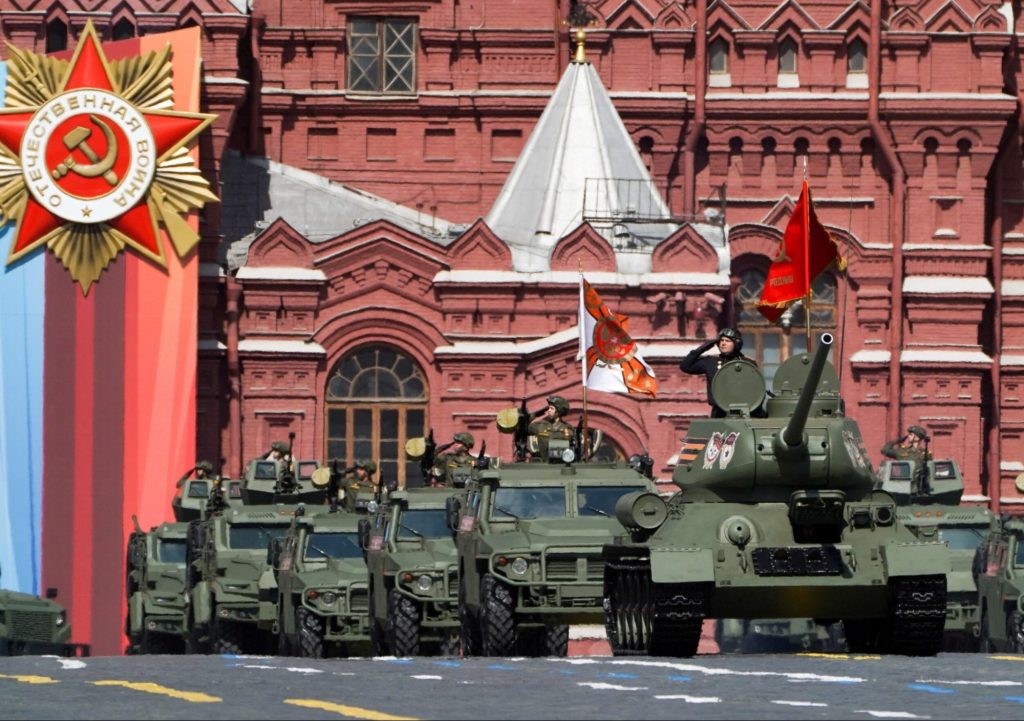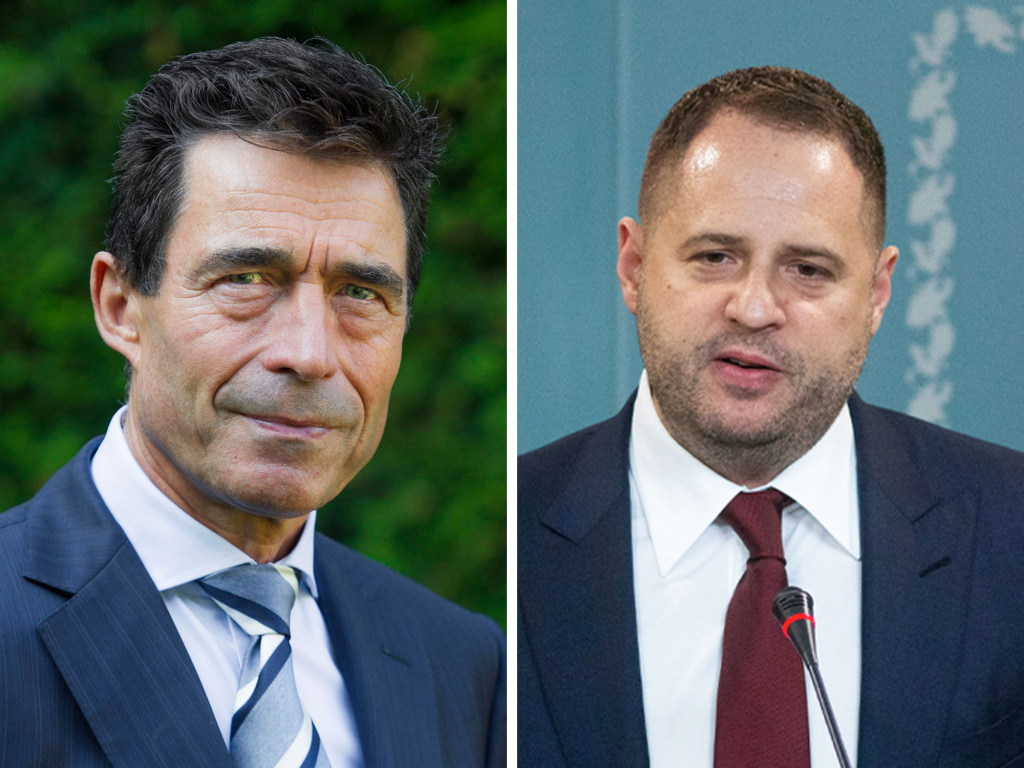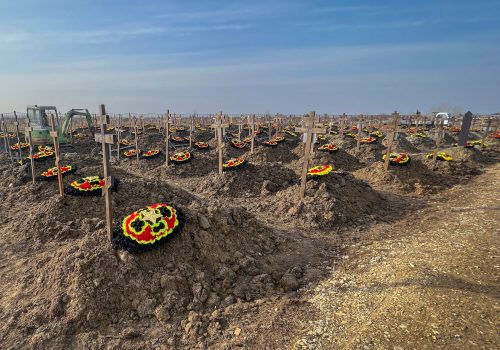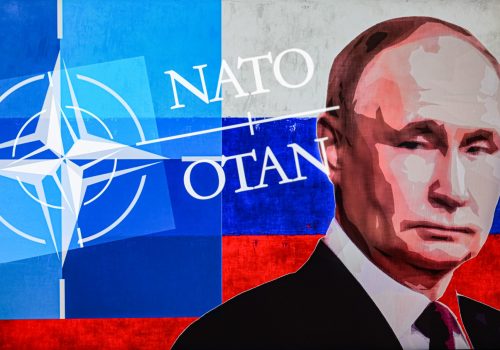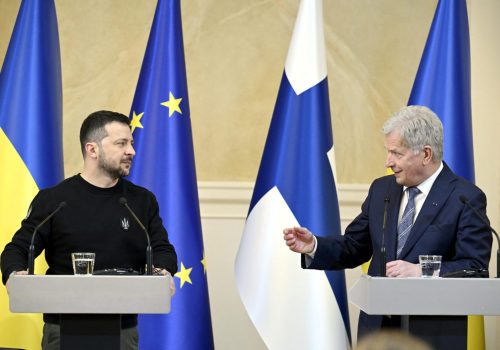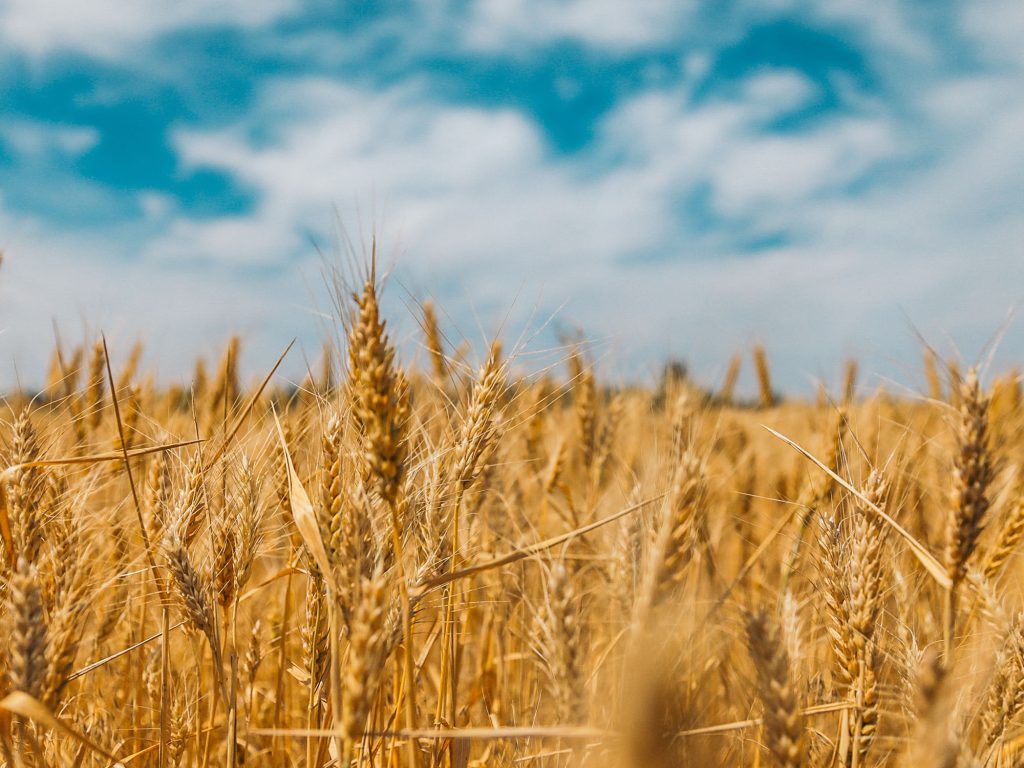
Putin’s embarrassing one-tank parade hints at catastrophic losses in Ukraine
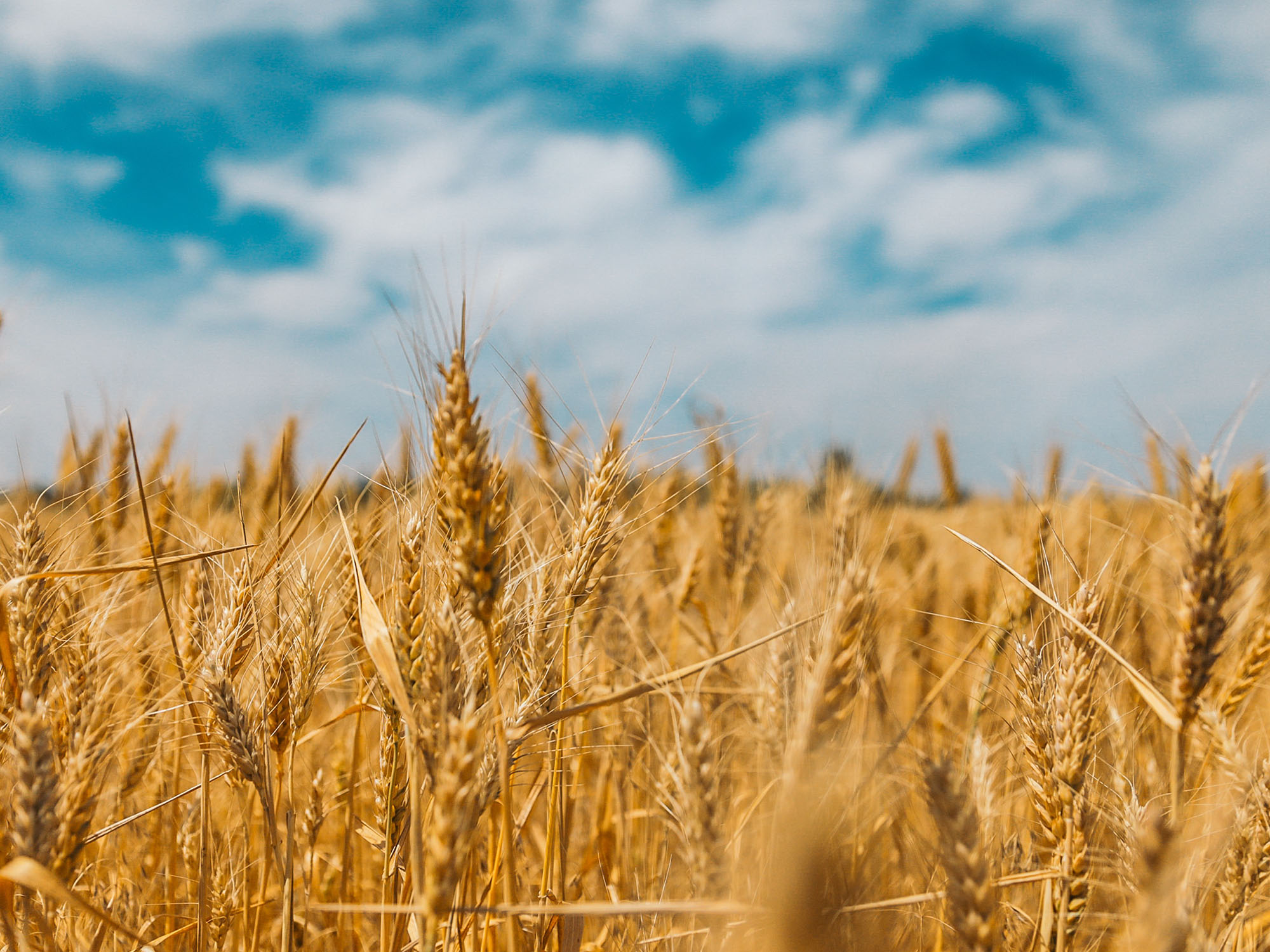
It would be hard to image a more fitting symbol of Russia’s declining military fortunes than the sight of a solitary Stalin-era tank trundling across Red Square during the country’s traditional Victory Day celebrations on May 9. For the past two decades, Vladimir Putin has used Victory Day to showcase modern Russia’s resurgence as a military superpower, with dozens of the very latest tanks typically taking part in each annual parade. This year, however, the only tank on display was a T-34 model dating back to World War II.
Inevitably, the embarrassing absence of tanks at this year’s Victory Day parade has been widely interpreted as further evidence of Russia’s catastrophic losses in Ukraine. Social media was soon buzzing with posts poking fun at the Kremlin. “Modern Russian military equipment can be found much more easily at Ukrainian military trophy exhibitions than at the Victory Parade in Moscow,” noted the Ukrainian Defense Ministry’s official Twitter account. Others were less subtle. “There was one tank at the parade in Moscow! We laugh all over Ukraine,” posted Ukrainian MP Oleksiy Goncharenko. “There are farmers in Ukraine with more tanks than that,” quipped another Twitter user.
Subscribe to UkraineAlert
As the world watches the Russian invasion of Ukraine unfold, UkraineAlert delivers the best Atlantic Council expert insight and analysis on Ukraine twice a week directly to your inbox.
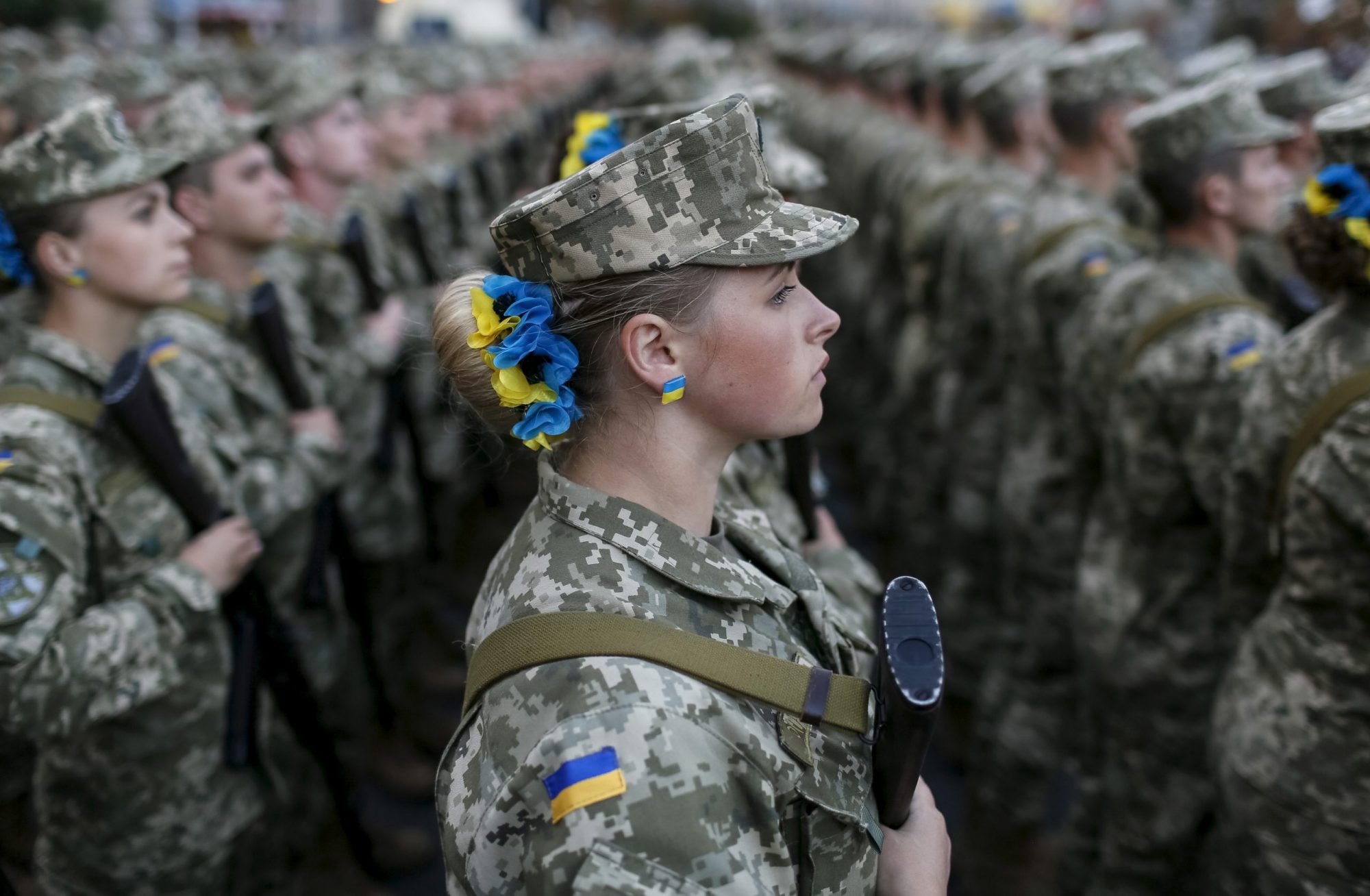
-
-
-
This field is for validation purposes and should be left unchanged.
Tuesday’s one-tank parade was the latest in a series of blows that had already cast a shadow over preparations for this year’s Victory Day celebrations. In the month preceding the holiday, more than twenty cities across Russia canceled plans to hold military parades. While security concerns were officially cited, these cancellations fueled speculation that Russia simply doesn’t have enough military equipment available to stage regional parades, with the vast majority of tanks and other vehicles having already been sent to Ukraine.
The complete cancellation of this year’s Immortal Regiment marches was an even bigger blow. This mass participation event, which sees members of the public marching through Russian towns and cities while displaying portraits of family members who served in the Red Army during World War II, has become an integral part of Russia’s Victory Day rituals over the past decade and has been endorsed by Putin himself. Nevertheless, the Kremlin decided to ban marches this year amid fears that family members of Russian soldiers killed in Ukraine may seek to participate. With Russian officials still in denial over the disastrous consequences of the Ukraine invasion, the last thing the Kremlin wanted was for thousands of grieving relatives to gather in public and draw attention to the scale of the tragedy.
Eurasia Center events
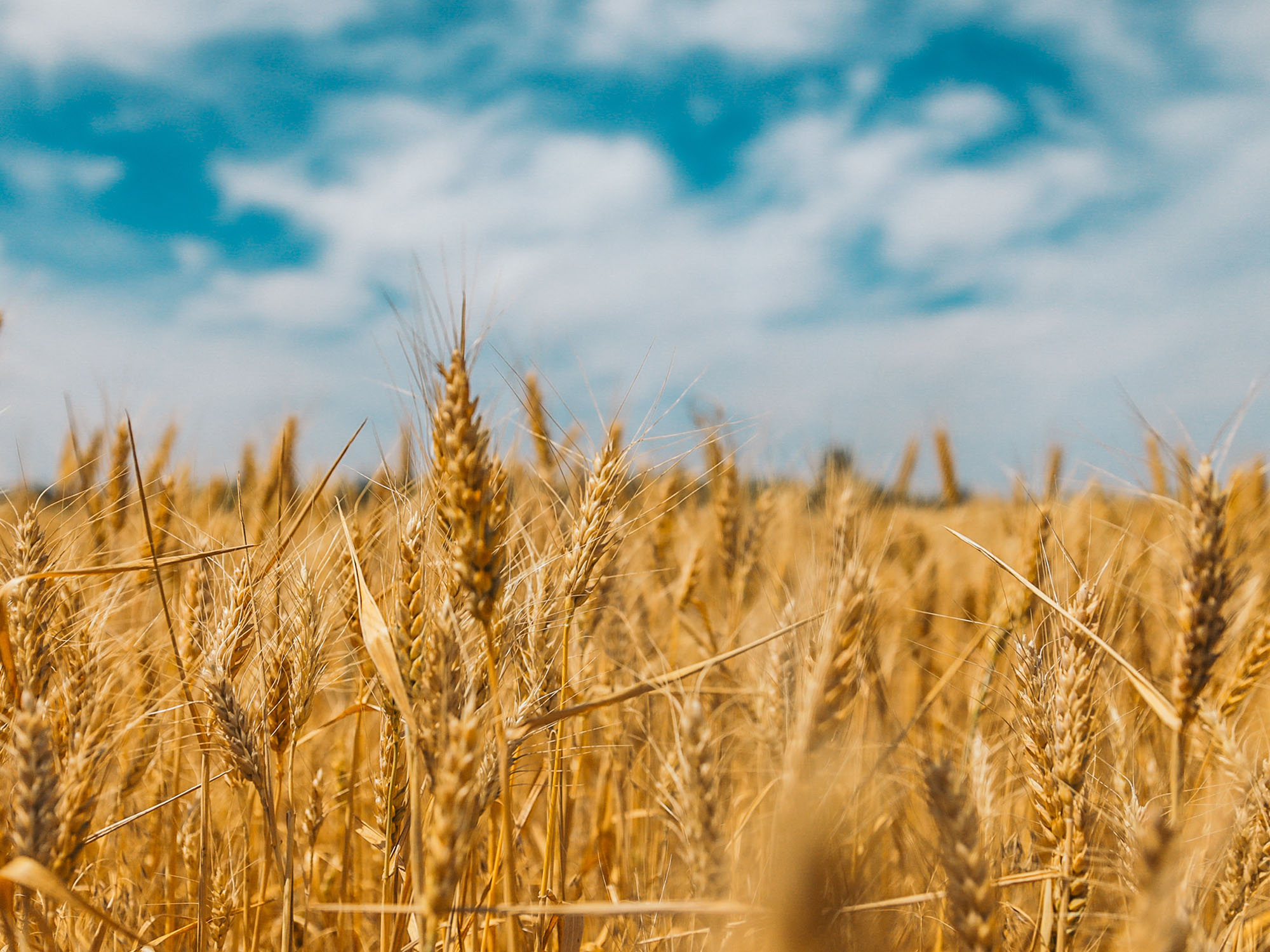
The negative optics surrounding this year’s Victory Day celebrations are personally damaging for Vladimir Putin, who has been instrumental in placing the holiday at the very heart of modern Russia’s national identity. It is often assumed that Victory Day has always dominated the Russian calendar, but this is simply not true. In fact, during the 46-year period between the end of World War II and the fall of the USSR, the Soviet authorities held just three Victory Day military parades. Other holidays such as May Day and the anniversary of the Bolshevik Revolution were considered far more significant.
It was not until Putin came to power at the turn of the millennium that Victory Day began to assume its current position as Russia’s most important public holiday. Over the past two decades, Putin has transformed Victory Day into the centerpiece of a pseudo-religious victory cult complete with its own sacred symbols, feast days, saints, and dogmas. The hysteria surrounding the holiday has come to be known as “Pobedobesie” or “victory mania,” with anyone who dares question the Kremlin’s highly sanitized version of World War II likely to be treated with the kind of severity once reserved for medieval heretics.
The veneration of Russia’s role in the defeat of Nazi Germany has proven extremely politically profitable for Putin. It has helped him rebuild Russian national pride following the humiliation of the 1990s, and has paved the way for a return to authoritarianism in today’s Russia by rehabilitating Stalin and minimizing the crimes of the Soviet era. Putin has also revived the lexicon of World War II as a convenient way to attack his enemies, with domestic and foreign opponents routinely branded as “fascists.” Indeed, in modern Russia the term “Nazi” has lost all meaning and has come to indicate anyone viewed as “anti-Putin.”
This toxic trend is most immediately apparent in relation to Ukraine. Kremlin leaders have spent years demonizing Ukrainians as “Nazis,” despite the complete absence of any actual far-right politicians in the Ukrainian government. Predictably, when Putin launched his full-scale invasion of Ukraine in February 2022, he declared the “de-Nazification” of the country to be his chief war aim. The Russian dictator returned to this theme again during Tuesday’s Victory Day address, directly comparing his unprovoked attack on Ukraine to the struggle against Nazi Germany.
Putin’s endless appeals to the memory World War II are clearly designed to mobilize the Russian public in support of the current war, but they cannot completely disguise the grim realities of his rapidly unraveling Ukraine invasion. What was initially envisaged as three-day campaign to overthrow the Ukrainian government and seize control of the country has become the bloodiest European conflict since the days of Hitler and Stalin. Over the past fifteen months, Russian military losses have been so heavy that senior US intelligence officials are now openly questioning whether Putin’s army still retains the capacity to “sustain even modest offensive operations.” With a major Ukrainian counteroffensive expected to begin in the coming weeks, there is little cause for optimism in Moscow.
It is in some ways poetic that developments surrounding this year’s Victory Day holiday have brought Russian audiences closer to the unpalatable truth. From the cancellation of regional parades and public marches to the lack of tanks on Red Square, it is now becoming painfully obvious to the average Russian that things are not going according to plan in Ukraine. An event conceived as a propaganda spectacle to project the strength of the Putin regime has instead served to underline Russia’s growing weakness. Putin is often accused of living in the past, but this is one Victory Day he will wish to forget.
Peter Dickinson is Editor of the Atlantic Council’s UkraineAlert Service.
Further reading
The views expressed in UkraineAlert are solely those of the authors and do not necessarily reflect the views of the Atlantic Council, its staff, or its supporters.

The Eurasia Center’s mission is to enhance transatlantic cooperation in promoting stability, democratic values and prosperity in Eurasia, from Eastern Europe and Turkey in the West to the Caucasus, Russia and Central Asia in the East.
Follow us on social media
and support our work
Image: A T-34 model tank is the only tank take part in the 2023 Victory Parade on Red Square in central Moscow. May 9, 2023. (Pelagiya Tikhonova/Moscow News Agency/Handout via REUTERS)
